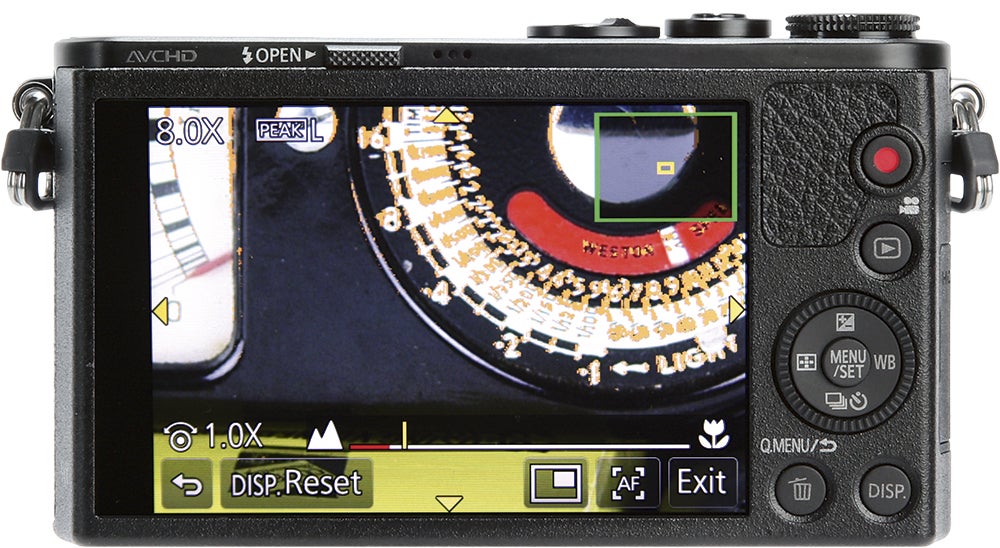In this article we look at focus peaking, providing a guide to what it is for and how it works
Focusing aids are rapidly increasing in popularity, thanks to mounting reliance on electronic viewfinders and LCD displays that show what you are photographing in real time, or in live view.
Focus peaking was originally developed for digital video moviemaking, but its value has been appreciated by still photographers too.
The image is evaluated in real time for contrast. Areas that are in focus will coincide with the peak contrast, and these areas are highlighted on the live-view display. Sophisticated image processing will reveal edge and micro-contrast details, which are then graphically coloured to highlight them.
As it is updated in real-time, you can see the highlighted areas of the scene change in position as you change the focus.
It’s quite impressive when you see it working for the first time, as a band of highlighted areas of the image march forwards and backwards across the image in concert with the action of the lens focusing ring. The peak-contrast areas of the display representing the sharpest focus can usually be highlighted in a colour of your choice.
You can see why focus peaking has been so popular for moviemakers, as the focus can be viewed and adjusted with relative ease as you are recording your video footage. It’s a matter of personal preference, but some still photographers find focus peaking just as beneficial, especially when the camera’s live-view display or viewfinder is not able to reveal the sharp focus unaided.
However, some care is required. If the lens has been stopped down or is of the type (like a wideangle) that delivers lots of depth of field, focus peaking can break down and highlight much of the image uselessly. Occasionally, areas can be highlighted that are not actually in focus; they simply highlight areas of the image that are naturally contrasty when out of focus.





